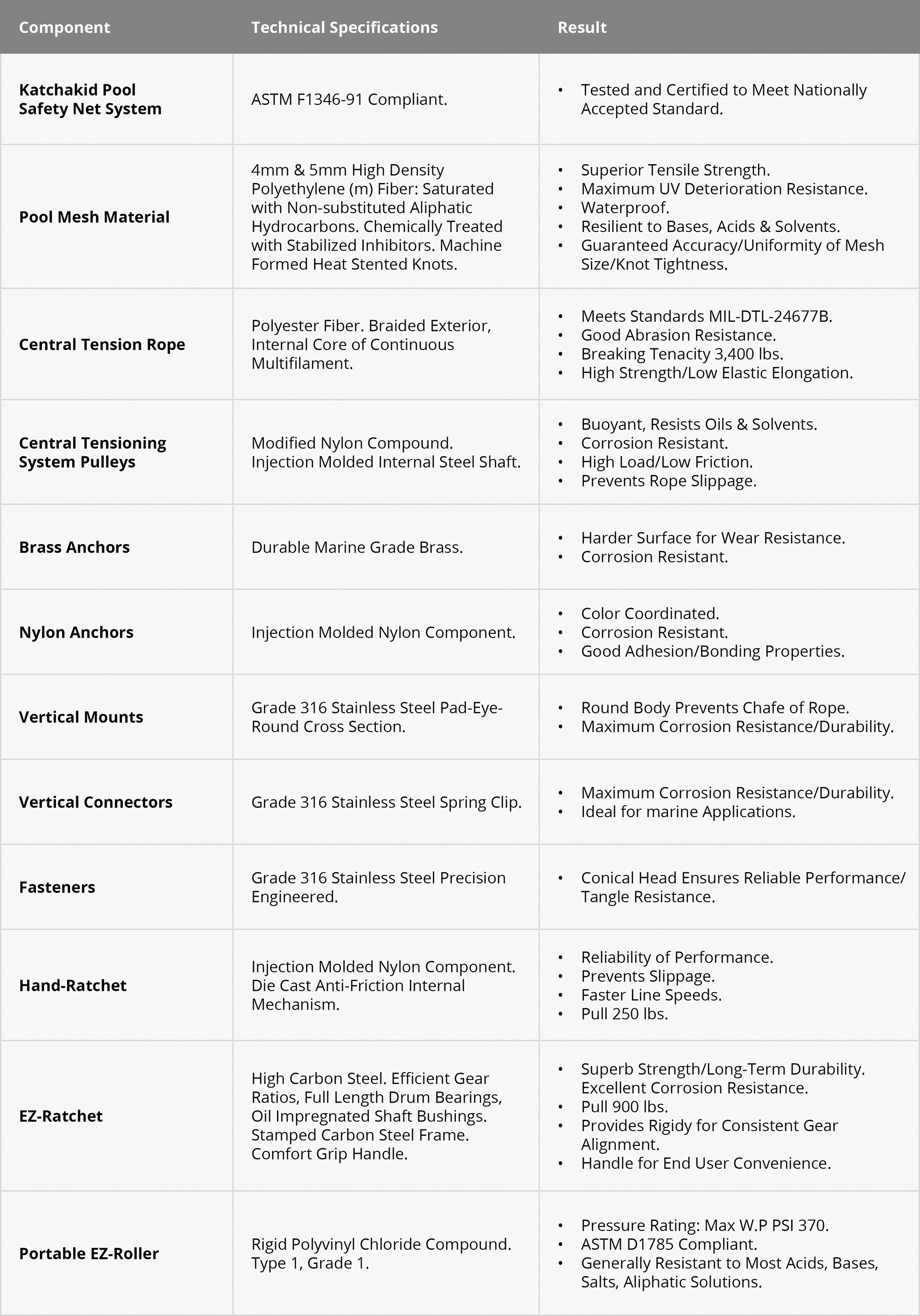“Lifetime” warranties can be complex. Avoid being misled by understanding the terms and conditions of your warranty.
Warranties. You’ve seen them attached to practically every product you purchase, from your smartphone to your latest kitchen appliance. The term itself sounds comforting. A “promise” from the manufacturer that they’ve got you covered if things go south. But how well do you really understand the warranty you’re getting?
Full vs. Limited Warranties
There are two legally recognized types of warranties – full and limited. Full warranties mandate repair or replacement of a product within a specified period, such as 90 days for computers. Limited warranties, however, allow the company to set restrictions on the repair and replacement terms.
The Ambiguity of “Lifetime” Warranties

These warranties may come from either the manufacturer or seller, leading to confusion when a distributor sells the product. The term “Lifetime” is often misconstrued by consumers who assume it means the warranty lasts as long as they use the product. However, companies strategically employ this ambiguity, manipulating emotion over facts, to influence purchase decisions.
Always Read the Fine Print

What’s really important? A good warranty should provide a clear explanation of what’s covered and over a reasonable period during which potential issues are likely to be discovered. Furthermore, it should detail what’s not covered and what actions could potentially void the warranty.
Katchakid is renowned for its solid reputation, underscored by an impressive A+ rating from the Better Business Bureau (BBB) and consistently positive feedback and reviews from our customers. Our warranties at Katchakid afford comprehensive coverage, addressing both manufacturer and craftsmanship defects, which extend to both parts and labor. Transparency is key to our operations, and we clearly delineate the terms that could potentially void the warranty or are excluded from coverage. With proper maintenance, our products frequently surpass the warranty period, emphasizing their durability and quality.
The Hidden Realities of “Lifetime” Warranties
Regrettably, not all companies are as straightforward as Katchakid. Some competitors use the term “Lifetime Warranty” misleadingly, applying limited warranty clauses instead.
Consider, for example, a prominent swimming pool fencing company that, under its “lifetime” warranty, only provides coverage for repair or replacement of parts that can be mailed to you, completely leaving out any installation services. Meanwhile, another well-known fencing company issues its own “lifetime” warranty, certifying that its products are entirely warranted against defects during regular use for as long as the original buyer owns the fence. Yet, this warranty only includes repair or replacement at their factory, free of charge, and completely overlooks any additional costs, such as labor or shipping a hefty fence back to a factory situated in a different state.
In conclusion, “Lifetime” warranties can be deceptively tricky, and it’s crucial that consumers carefully review and understand the terms and conditions before making a purchase. As the old saying goes, “Always read the fine print.”






